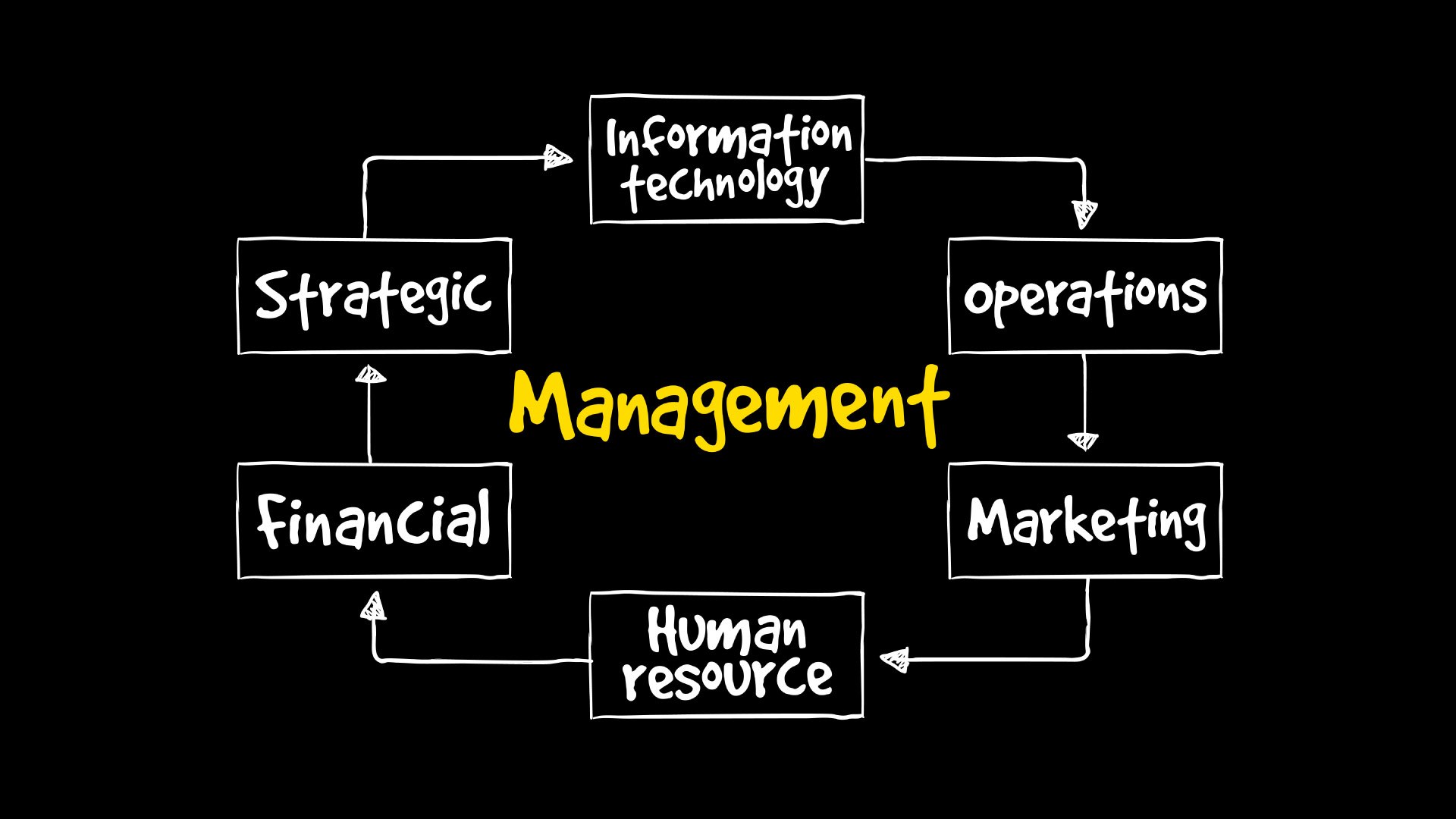Organizational Strategy: Aligning with Business Objectives
Let’s explore the various facets of organizational strategy, from understanding its essence to developing an effective strategic plan that works with your business objectives.
Published by Orgvue
Home > Resources > article > Organizational Strategy: Aligning with Business Objectives
In the dynamic landscape of today’s business world, having a well-defined organizational strategy that aligns with your business objectives is paramount. It serves as the roadmap for achieving your goals, navigating change and ensuring your organization’s growth and sustainability.

Let’s explore the various facets of organizational strategy, from understanding its essence to developing an effective strategic plan that works with your business objectives.
What is Organizational Strategy?
Before delving into the intricacies, it’s important to define organizational strategy. Put simply, it is the employed strategy used to manage and design the workforce and organization.
It involves a series of decisions and actions that guide the allocation of resources, consolidate departments and expand into new markets. In short, it’s the master plan that harmonizes the internal workings of an organization with external market dynamics.
Organizational strategy is a plan that involves multiple organizational designs depending upon the stage of the strategy. It adapts to the changing needs of a business, which often leads to the implementation of different organizational designs at various stages of the strategy’s execution.
In the early stages, the focus may be on innovation and agility, prompting a flatter and more flexible organizational structure.
As the strategy matures and stabilizes, a more hierarchical structure might be introduced to facilitate efficiency and scalability.
Ultimately, organizational strategy is a reflection of an organization’s ability to evolve and align its design with its strategic objectives at each phase of its journey.
Aligning Organizational Design with Business Strategies
For a strategy to be effective, it must seamlessly integrate with the organization’s design. Organizational design refers to the structure, roles and responsibilities within an entity. It encompasses how tasks are allocated, information flows and decision-making processes.
Organizational strategy and design are inextricably linked to an organization’s business objectives and overarching strategies. The design of an organization’s structure, processes and culture must align with its strategic goals to ensure efficient execution.
For example, if a business aims to be a customer-centric leader in its industry, its organizational design may prioritize customer service and responsiveness. The strategies devised to achieve specific business objectives often necessitate adjustments to the organizational structure, such as forming cross-functional teams to enhance collaboration or implementing new technology to support digital transformation.
Working hand in hand, organizational strategy and design translate the abstract goals of a business strategy into practical, actionable steps that lead to success.
The close link between organizational strategy and design and business objectives is of paramount importance as it directly impacts an organization’s ability to achieve its goals.
A well-crafted organizational strategy not only outlines the path to success but also defines the necessary changes in design to support it. It ensures that resources are allocated efficiently, roles and responsibilities are well-defined and processes are optimized to deliver on business objectives.
The alignment of organizational design with strategic goals ensures that the workforce operates harmoniously towards a common mission. This synergy streamlines operations, fosters adaptability and enhances an organization’s competitive edge.
Ultimately, the intricate connection between organizational strategy, design and business objectives is the driving force behind an organization’s success, enabling it to navigate complex challenges and seize opportunities effectively.
Adapting to Change
Change is a constant in the business world and an effective organizational strategy must be flexible enough to adapt to it. Whether it’s market fluctuations, technological advancements or shifts in consumer behavior, organizations must remain nimble and responsive.
This adaptability can be achieved by fostering a culture of continuous learning and improvement. It’s about being open to new ideas, experimenting with different approaches and being willing to adjust the strategy as needed.
This iterative process ensures that your organization can withstand the tests of time and emerge stronger with every challenge.
Identifying the Need for an Organizational Strategy
Effective organizational strategies are not merely a blueprint for success. They’re the compass that guides your business toward its full potential. It ensures that your efforts are coordinated, your resources are optimally utilized and your team is aligned with a common purpose. Strategic planning is the key to unlocking your business’s growth, resilience and long-term success.

The need for a well-defined organizational strategy often arises from a series of key indicators and triggers. Here are some signs that may prompt an organization to consider developing or revising its strategy:
- Stagnation: When an organization’s growth plateaus, or it struggles to achieve its goals, it’s a clear signal that a strategy realignment is necessary.
- Market Changes: Changes in the competitive landscape, customer demands or regulatory requirements can necessitate a strategic shift to remain relevant and competitive.
- New Leadership: With a change in leadership, a fresh perspective and vision may require an updated organizational strategy.
- Performance Gaps: If performance metrics consistently fall short of expectations, it’s time to assess and revise the strategy.
Understanding Your Current Situation:
- Conduct a thorough assessment of your organization’s current state, encompassing its structure, processes and culture.
- Gather data on your financial performance, market position and competitive landscape.
- Engage with employees, customers and stakeholders to gain insights into the existing challenges and opportunities.
Determining Goals and Objectives:
- Define clear and specific goals that align with your organization’s mission and vision.
- Ensure your objectives are SMART (Specific, Measurable, Achievable, Relevant and Time-bound).
- Prioritize these goals based on their significance and potential impact on your business.
Analyzing Strengths, Weaknesses, Opportunities and Threats (SWOT):
- Identify your organization’s strengths, focusing on what sets you apart from competitors.
- Recognize weaknesses and areas that need improvement, both internally and externally.
- Explore opportunities in the market, such as emerging trends or untapped customer segments.
- Assess potential threats, including market competition, economic factors and regulatory changes.
- Utilize the SWOT analysis to inform your strategic decisions and the type of organizational strategy you’ll need.
Developing an Effective Strategic Plan for Your Organization
A strategic plan is the guiding light for your organization, helping you navigate through a complex and ever-changing business landscape. It’s the blueprint that outlines your path from current operations to the achievement of your business objectives.
Creating an effective strategic plan involves a systematic process that can be broken down into several key steps:
1. Establishing or Understanding the Business Objectives
Begin with a crystal-clear understanding of your business objectives. What do you aim to achieve and what are the key results you want to see? Your objectives should be specific, measurable, achievable, relevant and time-bound (SMART). They serve as the destination to which your strategic plan will lead.
2. Defining the Organizational Requirements
With your objectives in mind, assess the organizational requirements needed to achieve them. This involves a comprehensive evaluation of your workforce, technologies and resources. It’s about determining the skills, capabilities and tools necessary to support your strategy.
3. Creating Functional Organizational Designs
One of the pivotal aspects of your strategic plan is the design of your organization. Consider the structural changes, roles and responsibilities that will best support your journey towards your objectives. This may involve restructuring teams, altering reporting lines and ensuring that your organizational design complements your strategy.
4. Developing a Strategy for Evolving Through Organizational Designs
Recognize that your organizational design might need to evolve over time. Your strategy should outline a clear path for this evolution, including milestones and key indicators that signal when changes are necessary. Flexibility and adaptability are essential in the ever-evolving business world.
5. Generating Alternative Designs
In the face of uncertainty, it’s wise to consider alternative scenarios. What if market conditions change? What if a new technology disrupts your industry? Your strategic plan should account for these possibilities by generating alternative organizational designs that align with different scenarios. This ensures that your organization remains resilient in the face of unexpected challenges.
6. Presenting and Implementing the Organizational Strategy
Once your strategic plan is developed, the next crucial step is presenting it to the wider business. Effective communication and buy-in from all stakeholders are essential. Transparency and clarity about the plan’s objectives and how they relate to the broader organizational goals help align everyone towards a common purpose. Implementation involves setting clear timelines, delegating responsibilities and continuously monitoring progress to ensure that the plan unfolds as intended.
By following these steps, you can create a strategic plan that aligns with your business objectives and positions your organization for success.
Conclusion
In a business environment marked by constant change and fierce competition, a well-crafted organizational strategy is the compass that guides your journey. It ensures that your organization’s objectives, structure and processes are harmonized to achieve your mission and vision.
By recognizing the need for a strategy, embracing change and diligently following the steps to develop an effective plan, your organization can thrive, adapt and chart a course for long-term success.
Remember, a well-aligned strategy is not a destination… it’s an ongoing commitment to evolution and excellence.
FAQs
● How does organizational strategy determine its requirements?
Organizational strategies determine its requirements by first defining its objectives, then assessing the resources, talent and processes necessary to achieve these goals. This involves a comprehensive evaluation of the current state of the organization and identifying any gaps that need to be addressed through strategic planning.
● What would be the best organizational strategy?
The best organizational strategy type is highly context-dependent and varies from one organization to another. It should align with the organization’s mission, vision and goals while considering factors such as industry dynamics, market conditions, competitive landscape and the organization’s unique strengths and weaknesses. There is no universally “best” strategy, as what works effectively for one organization may not be suitable for another. Orgvue can help you work out the best organizational strategy.
● Which is not an example of organizational strategy?
An employee’s daily task management is not an example of organizational strategy type. While it may contribute to the execution of an established strategy, the day-to-day management of tasks is typically part of operational activities and does not encompass the broader, long-term planning involved in crafting and implementing an organizational strategy.
● Can an organization’s structure be changed quickly?
While an organization’s structure can be changed, it’s typically not a quick process. It requires careful planning, communication and phased implementation to ensure a smooth transition that minimizes disruption to ongoing operations.
● Can changing the organization’s strategy cause problems?
Yes, changing the organization’s strategy can cause problems if not managed properly. It may lead to employee resistance, confusion and a temporary dip in performance as the organization adapts to new processes and objectives. Therefore, effective change management is crucial to mitigate these issues and facilitate a successful transition. Let Orgvue show you how.
Shaping your organization to better achieve its business strategy.
Use Orgvue to streamline your organization.